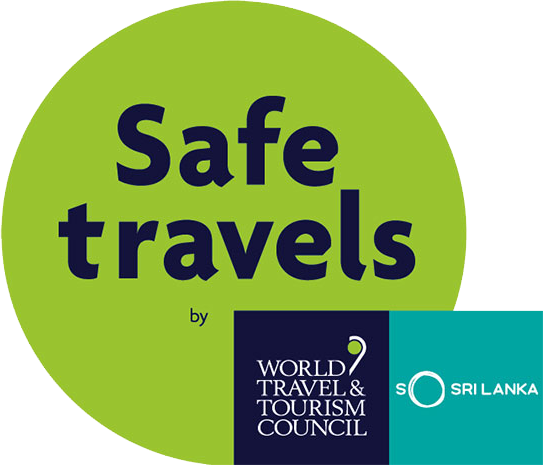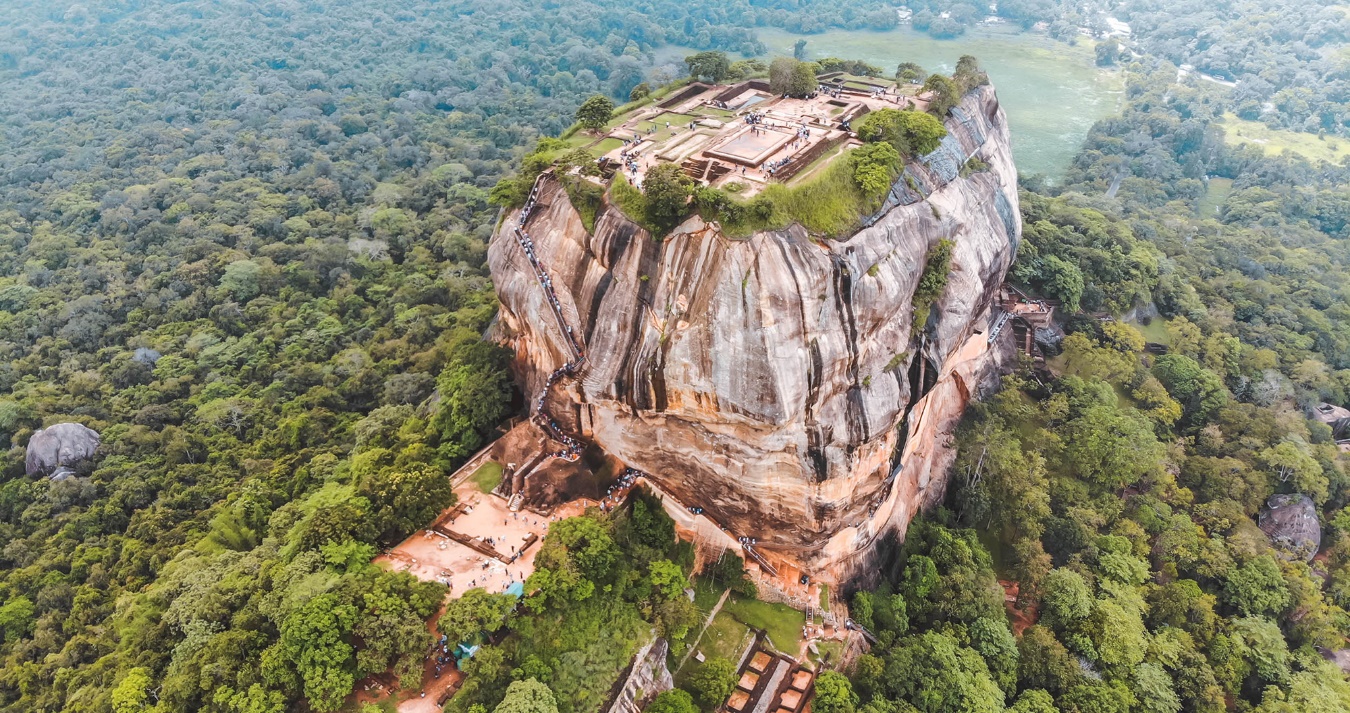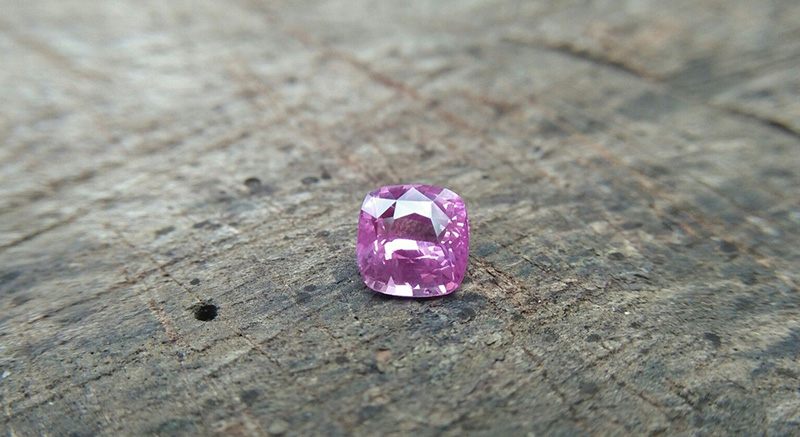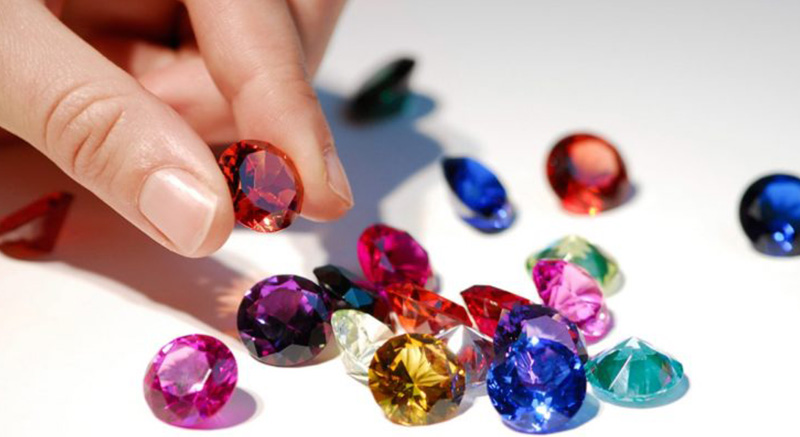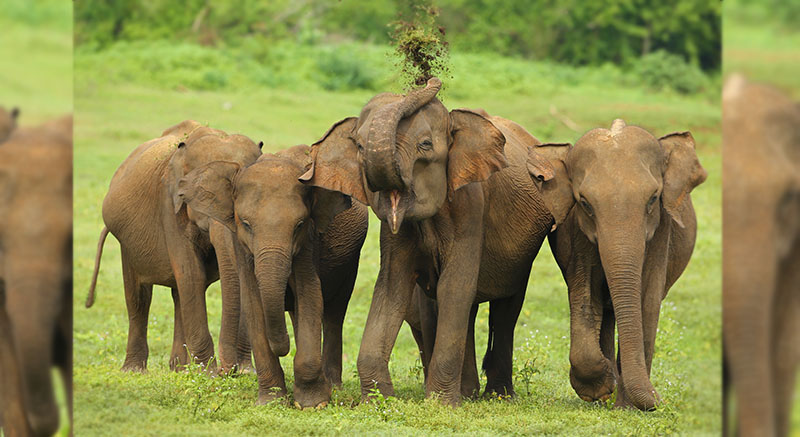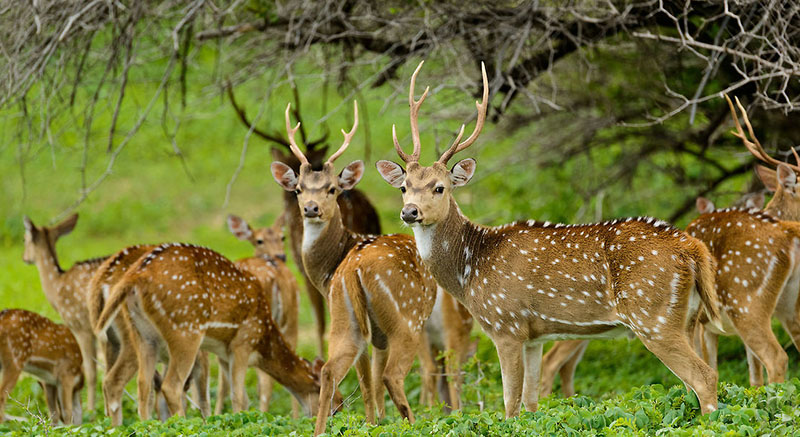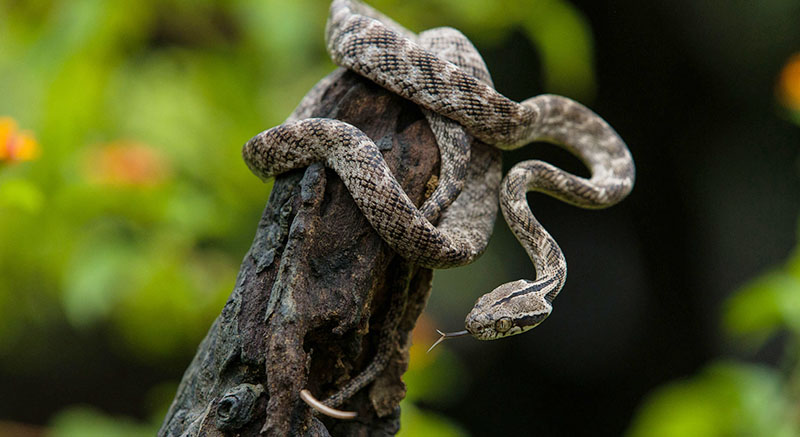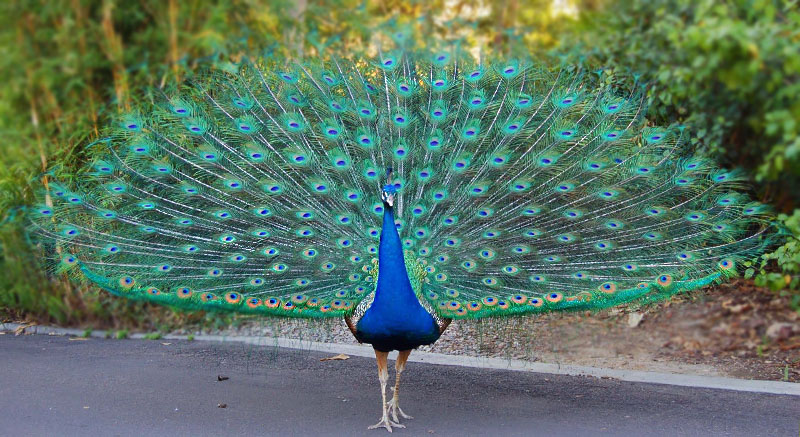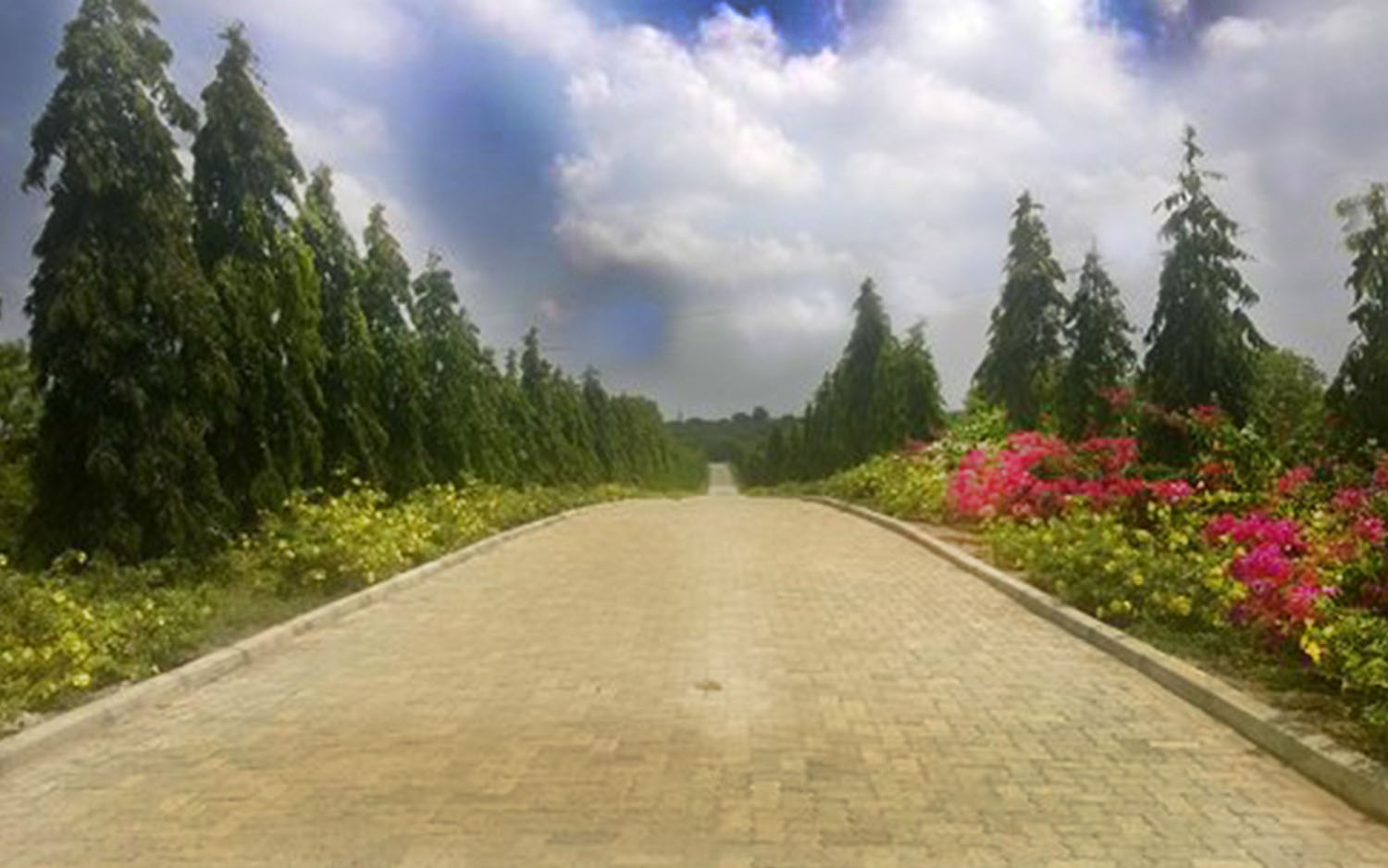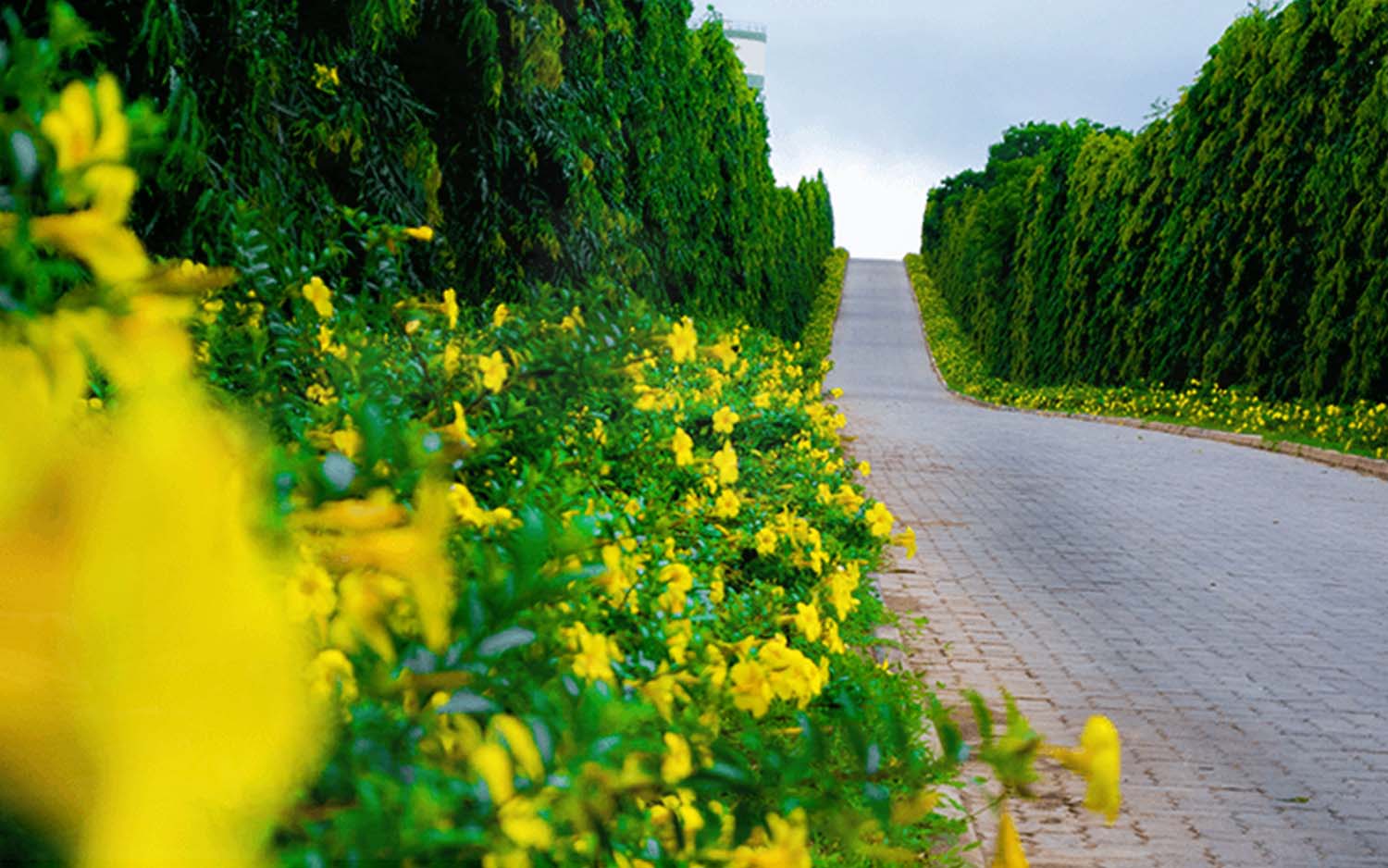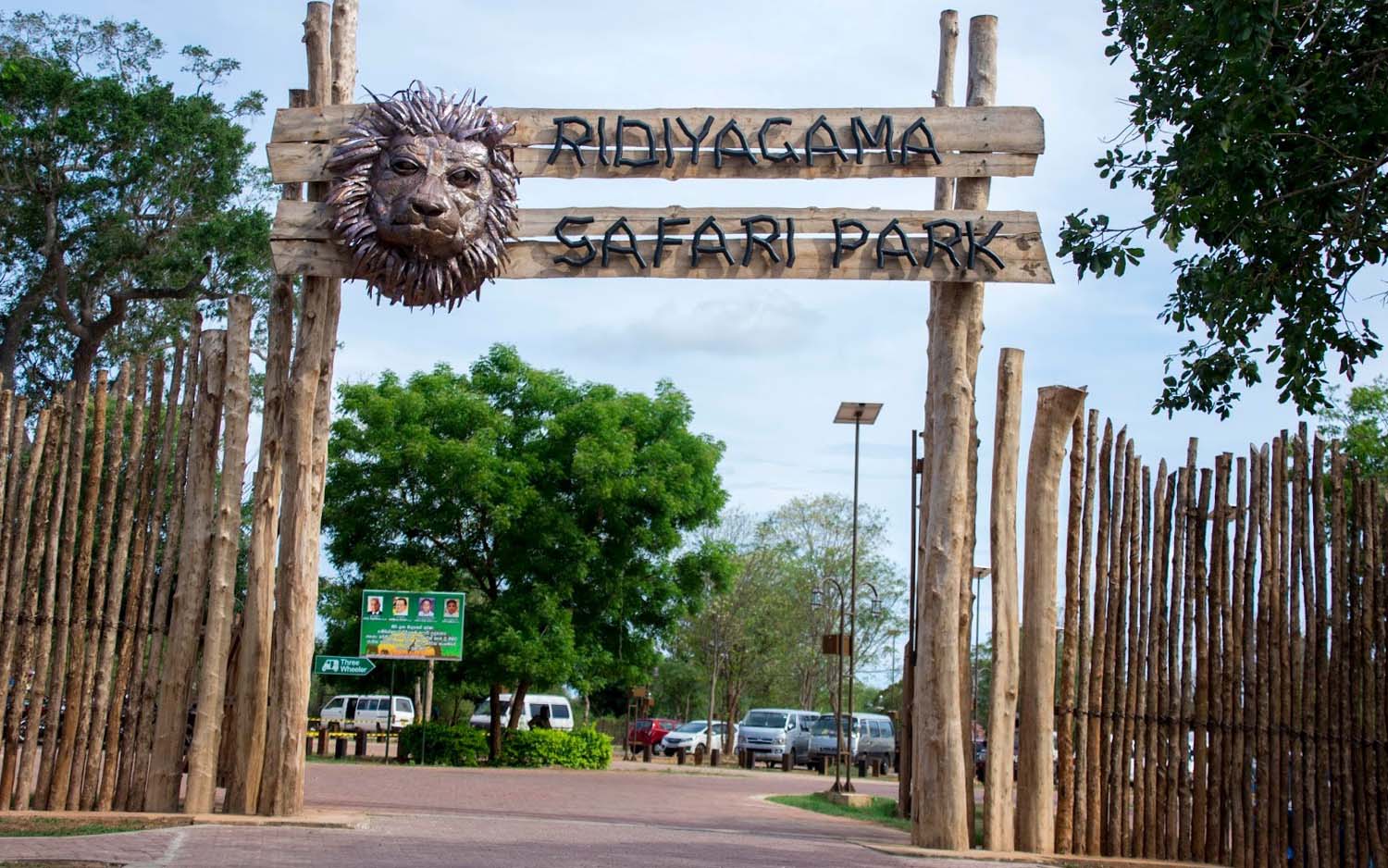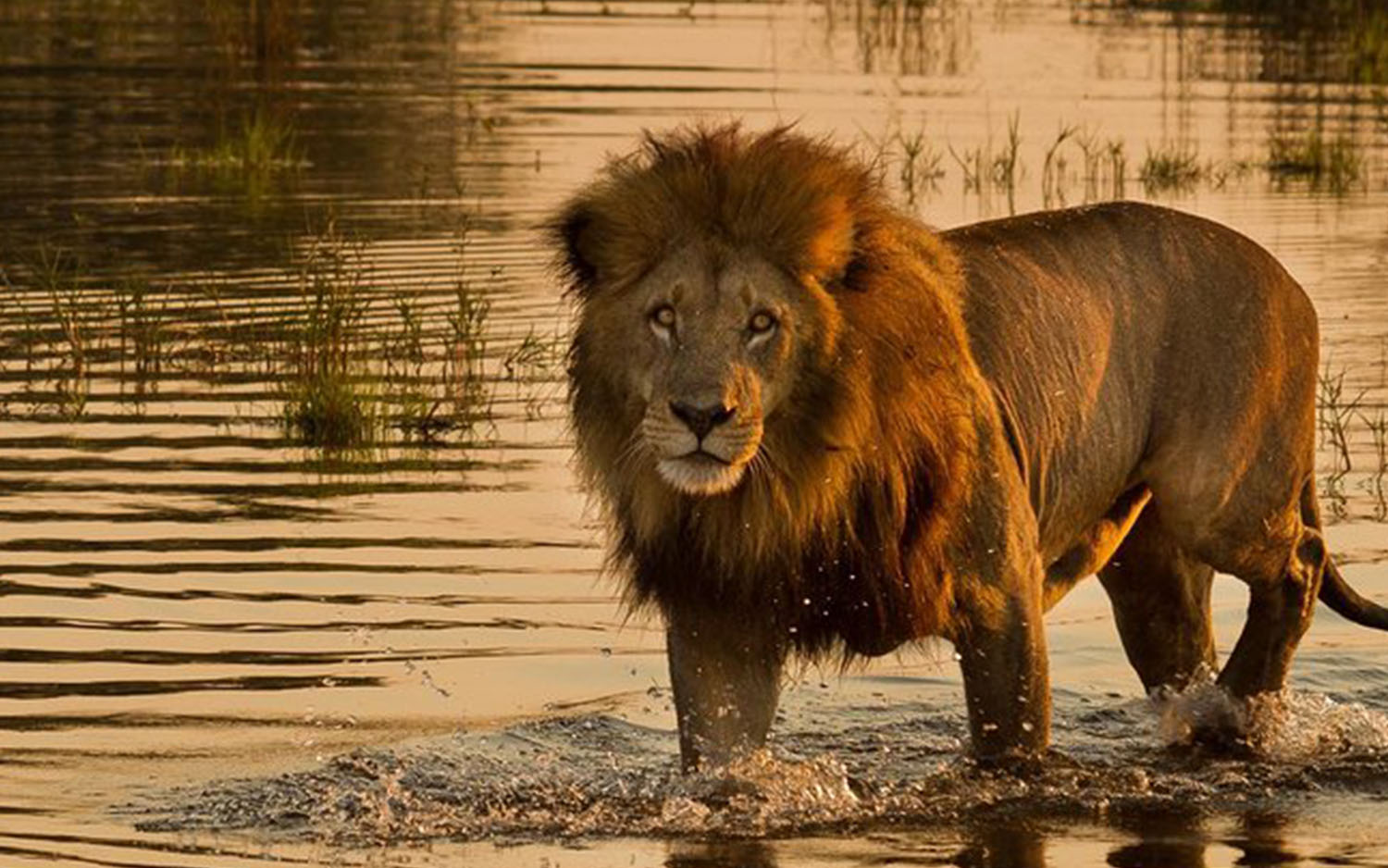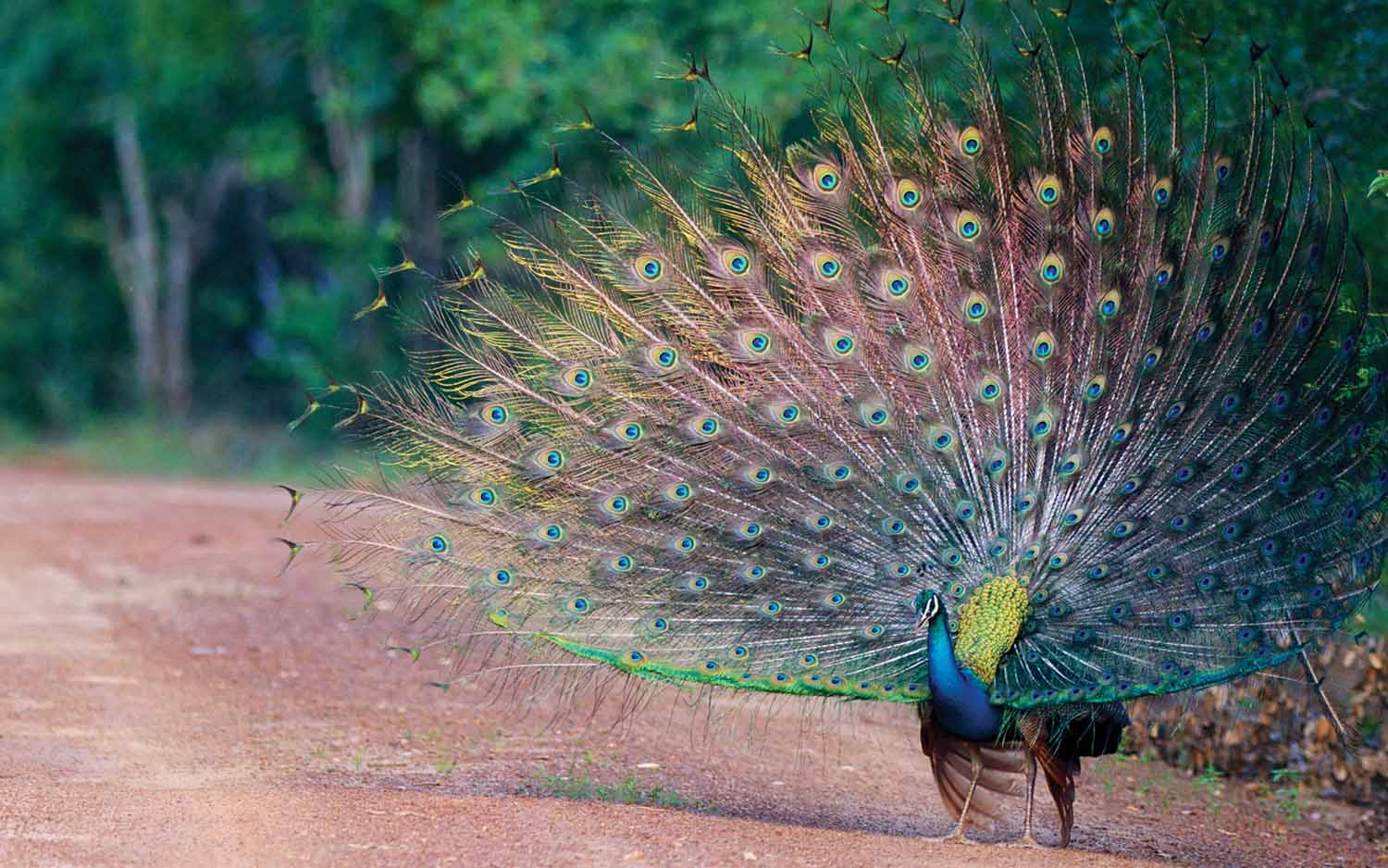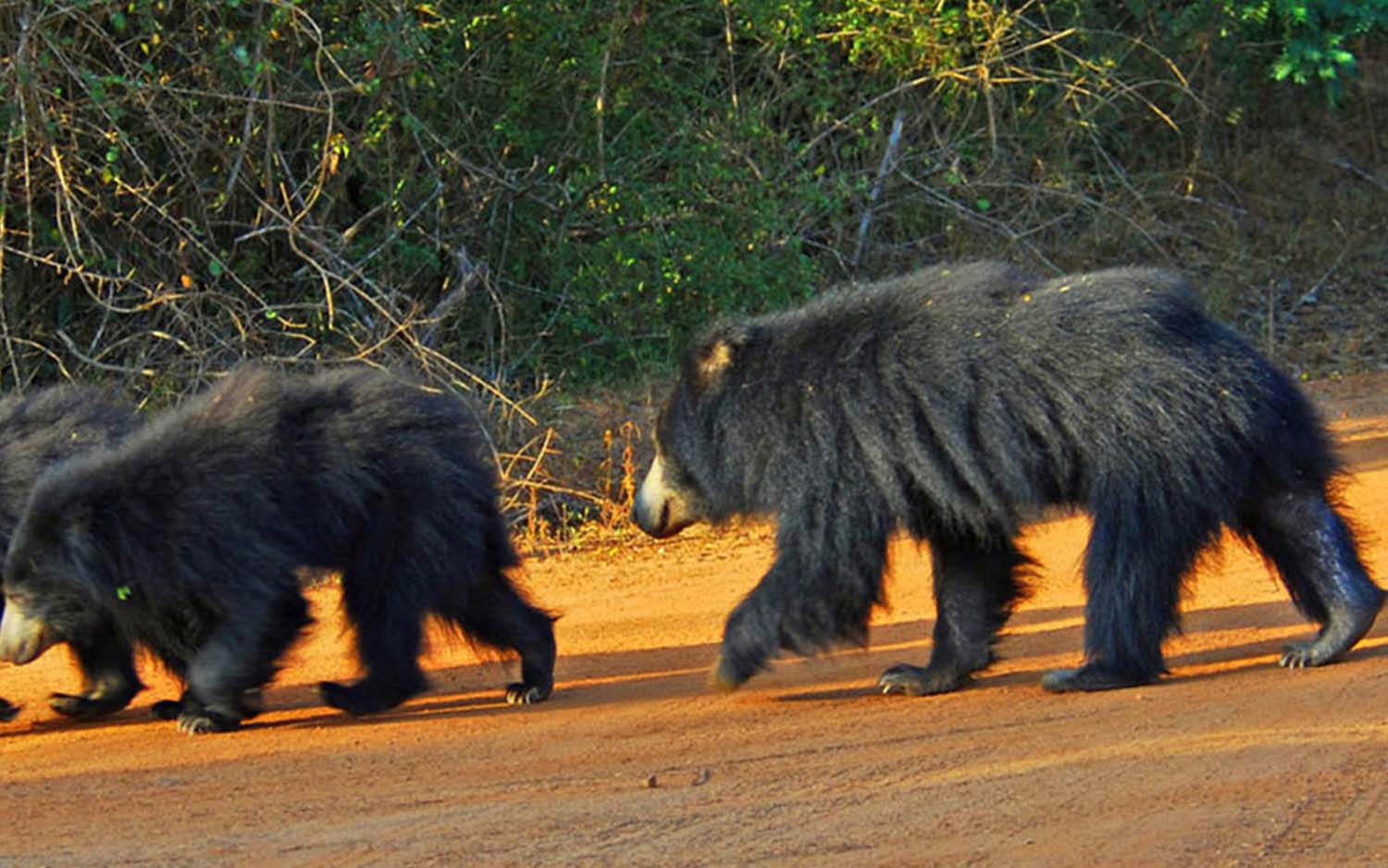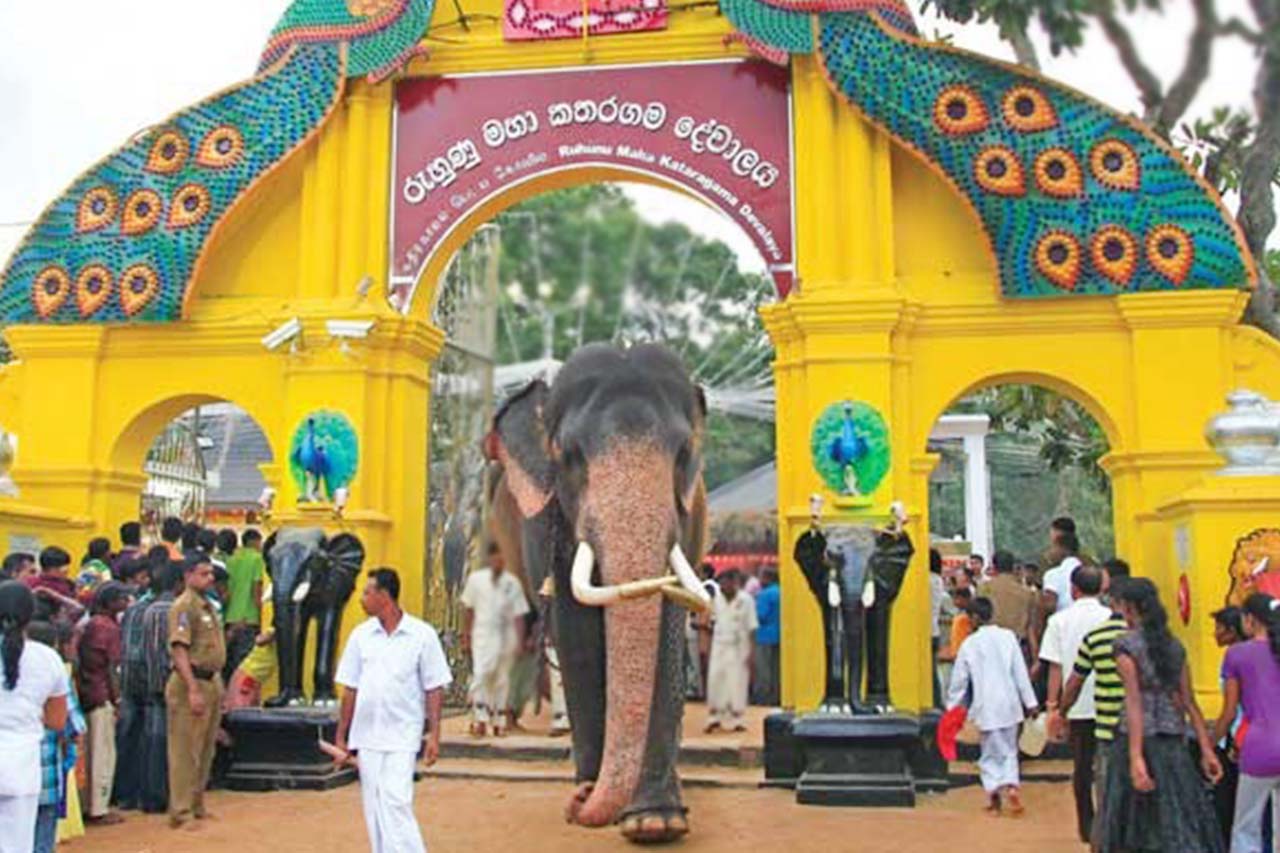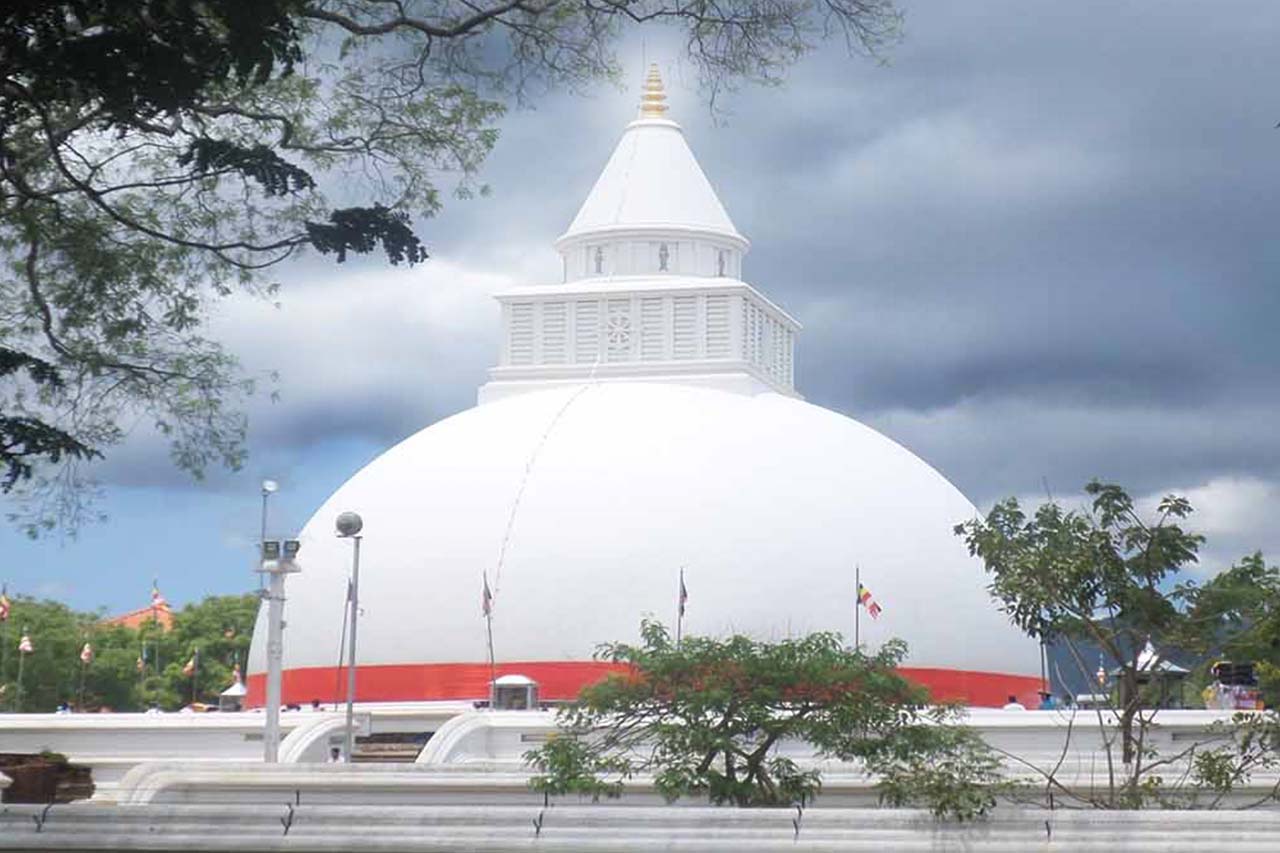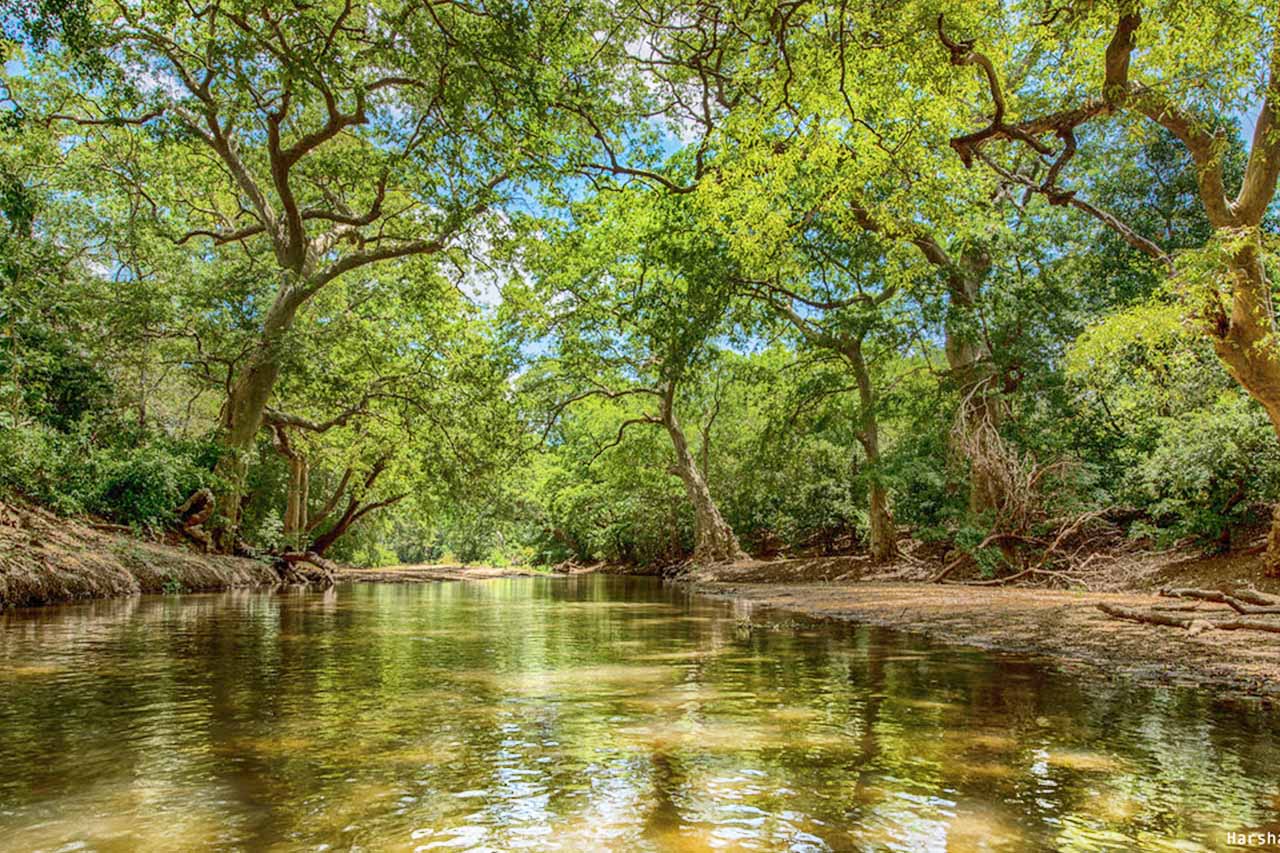EXCURSIONS
Sigiriya
Referred as the Eighth Wonder of the World this ancient palace and fortress complex has significant archaeological importance and attracts thousands of tourists every year. It is probably the most visited tourist destination of Sri Lanka.
The palace is located in the heart of the island between the towns of Dambulla and Habarane on a massive rocky plateau 370 meters above the sea level.
Sigiriya rock plateau, formed from magma of an extinct volcano, is 200 meters higher than the surrounding jungles. Its view astonishes the visitors with the unique harmony between the nature and human imagination.
The fortress complex includes remnants of a ruined palace, surrounded by an extensive network of fortifications, vast gardens, ponds, canals, alleys and fountains.
Kalametiya bird sanctuary
Kalametiya records abundant species of birds including migratory birds and is also noteworthy as home too many reptile species. This sanctuary, encompassing a wetland with two salty lagoons, mangrove swamps and pockets of scrub jungle has a captivating wild appeal.
Access to the sanctuary is from the village of Hungama.1 km away from Ranna on the Ranna-Kalamatiya road is the Kalametiya Bird Sanctuary declared as a wildlife sanctuary in 1938. Originally with 2.500 hectares but was abolished in 1946 due to the opposition of local residents. A considerably reduced area was once again declared a sanctuary in 1984, the sanctuary is rich with lagoons and mangrove swamps which attract a number of winter migrant birds.
There are four nationally threatened birds found within the Sanctuary – Indian Reef Heron, Glossy Ibis, Sri Lankan Black-capped Purple Kingfisher and the endemic Jungle Fowl. There are also 38 species of reptiles, a large number of which are nationally and globally threatened.
Ussangoda
A designated archaeological site, Ussangoda is a plateau with reddish soil and little vegetation, in stark contrast to its surroundings. here, this place of breath taking landscape embraces a great legend to add to its charm. The general belief is that a meteor has struck in the ancient past leaving the landscape barren whilst mythological significance links to the Hindu legend of Ravana. At sunset your vision will delight in the fiery reds of the earth setting off against the blazing orange of the setting sun over the ocean.
Rekawa lagoon & Turtle Conservation Project
Rekawa is best known for its importance as a turtle nesting site. The turtle conversation project incorporates the local fishing community in its efforts to conserve turtles in their natural habit. TCP employs as nest protectors those who were formerly dependent on the illegal collection of turtle eggs. Creating both awareness and a deep emotional connection with the community. The stretch of coast along with its crashing waves and sand dunes is essentially unspoilt and offers much to explore.
This pioneering conservation programme was started in 1996 to protect sea turtles in their natural habitat while providing an alternative source of income to people formerly dependent on the illegal collection of turtle eggs. Five out of the seven species of marine turtles that are familiar (but endangered) come to nest in this part of the Sri Lankan coastline, making it an ideal location.
Mulkirigala
A magnificent ancient monastery situated on a boulder that rises virtually perpendicularly from the surrounding plains, except for one slopped side. Terraces across the sloped side of the rock lead to caved temples nestling beneath ledges of overhanging rock. the beautiful ancient wall paintings of the monastery are breath taking as is the panoramic view from the summit.
The Bo tree at the Upper Terrace is considered be a shoot from one of the 32 saplings of Anuradhapura Jaya Sri Maga Bodhi planted at the said terrace during the reign of King Devanam Piyatissa. Mulkirigala temple is also considered to be one of the 64 temples constructed by King Kawantissa and was called as ‘Muhudu Gira’ then which dates back to the 3rd Century BC . The Chetiya at Uppermost Terrace is considered to house Lord Buddha relics offered by the King Saddhatissa. According to Historical manuscripts, King Mahanaga, King Kawantissa, King Dutugemunu, King Parakramabahu the Great, King Saddhatissa, King Valagamba, King Jetta Tissa I, King Parakramabahu I are credited with construction work of the temple during their rein.
The Cave temples numbering seven consists of Reclined Buddha , Seated Buddha and Standing Buddha Images, paintings of Buddhas, Arhaths, Gods and Jataka Stories.
Angulmaduwa brass workers
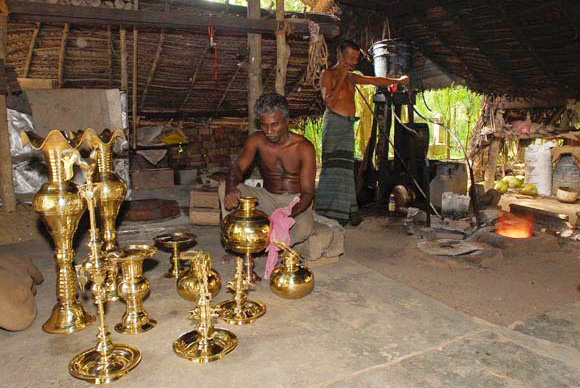
Angulmaduwa is one of the most ancient villages of brass craftsmanship.
It is believed to be where iron-smelting and steel-tempering begun in the island. A stop at Angulmaduwa provides an opportunity to see a group of dedicated traditional artisans at work, producing high quality brassware and also the chance to purchase popular souvenirs.
The gem city of Ratnapura
The gem mining centre of Sri lanka is a busting city with many prominent gem dealers. A visit to one of the museums or many gem workshops will give you the opportunity to see a variety of precious stones that are famed the world the world over, in all their brilliant colours. You may also visit traditional gem mining and cutting operations.
Hummanaya blow hole, Kudawella.
One of Mother Nature’s awe-inspiring surprises, the kudawella blowhole is an astounding sight. Locally known as “Hummanaya” deriving from the incredible gushing sound it makes, an immense volume of sea water forces its way vertically through a crevice beneath a massive rock in the ocean. The rough waves push upward with great pressure and the water is finally thrown high in to the air with a loud whistling sound.
Even from far away, one can hear the sounds of the blow hole. There are intermittent periods of silence and then there are sounds similar to the faraway rumbles of thunder – “Ho-ho-ho”. This is when the pressure builds up. Then after a while one hears the delightful sound of the spray as it hisses high up-almost 120 feet into the sky at times.
Once in every 10-15 minutes or so, the water pressure builds up to give out the stunning spray. Waiting for that moment can be quite tense, especially if one is hoping to capture it on film as it is over in a flash. I had to click many times and wait a long while to capture a few good shots. But I could have gone on waiting for hours, so special was the moment. For the hour of so that we were there, the spray reached up to about 120 feet once, while at other times it was less.
Udawalawe national park
This dry zone game park is most famous for the abundant sightings of elephants where you may see entire herds of adults and young feeding or leisurely cooling off in the water. The park is also home to water buffalo, deer, sloth bear and more. Also visit the elephant transit home, a shelter for baby elephants orphaned in the wild.
Bundalla national park
This truly scenic park in a mix of scrub jungle and sand dunes bordering the sea. The park is nationally important as a habit for birds including aquatic bird life. It is also internationally significant as a wintering for migratory birds. Elephants, crocodiles and giant squirrels are also popular sightings.
Yala national park
Yala is Sri Lanka’s most visited national park and is known for its diversity of wild animals and a fine coastline boundary. Yala is home to a large number of leopards and is noted as having one of the world’s highest densities of this amazing animal. Elephants, Sloth bear, Sambar, Spotted deer and many more sightings are recorded all year through.
Yala combines a strict nature reserve with a national park. Divided into 5 blocks, the park has a protected area of nearly 130,000 hectares of land consisting of light forests, scrubs, grass lands, tanks and lagoons. Two blocks are currently opened to the public.
Situated in Sri lanka’s south –east hugging the panoramic Indian Ocean, Yala was designated a wild life sanctuary in 1990 and was designated a national park in 1938. Ironically, the park was initially used as a hunting ground for the elite under British.
Yala is also historically significant with ancient temples dotted around the area, the rock temple of Sithulpawwa being the most significant with a history of over 2200 years
Whale and Dolphin watching, Water sport at Mirissa
The frequent sightings of whales through most of the year, often just a few miles offshore, has placed Mirissa on the world’s top location for whale watchers. You will also often see dolphins as they leap out of the water in perfect tandem.
Other activities in mirissa include sports fishing on a large fishing trawler, coastal & bay cruises coupled with anchoring for a dip in the ocean, Snorkeling & picnics, sea kayaking to explore the shoreline , Snorkeling safaris for sights of beautiful reef fish, corals and more.
Bopath Ella
The Bopath Falls cascades in the shape of a bo (Ficus religiosa) tree (hence its name) and is the most comprehensively studied fall in Sri Lanka. Its source is the Kurugana River that later joins the Kaluganga River at Kurugaomaodara.
The average temperature of the area is 26.9 – 27.8 degrees Celsius and the annual rainfall of the fall’s catchment area is 5080mm. The mean speed of the flow is 6 cubic metres per second. The upper reach of the fall is made up of granite and biotite virin, and is covered by sand. The water from the fall irrigates the paddy fields of the Udakada and Kuruwita areas.
The surrounding plant and tree life includes attikka (Ficus racimosa), kumbuk (Terminalia arjuna), midella, dun (Doona spp), para (Wormia suffruticosa), ginihota (Cythia spp), rathmadiya, ketala (Lagenendra oveta), Beduru (Dryneria spp), orchids, varieties of meewana (Madhca) badal, hanassa, makulu and beduru. Animal species include wild boar, Meemina deer and reptiles, and the water is home to many species of fish including bulathhapaya, lellu, magura, korali, sonnu and eel. In addition to its rich bio-diversity, the fall is also steeped in folklore.
HOT WATER SPRINGS – MADUNAGALA
Madunagala hot springs will be a monumental experience that you may ever have before. It is a beautiful creation of nature situated in madunagala hermitage in Southern province of Sri Lanka. To reach the place you have to take Pelmadulla- nonegama road and Pass by about 66 kilometres till you find Padanangala junction.
Then turn for Padanangala-Sooriyawewa road. Finally you have to travel about 12 km on the route to Sooriyawewa. Within few more steps from the main road you will find the complex. The place is open from 7.00 a.m – 7.00 p.m. In rainy seasons the hot springs shoot about 65cubic meters per second. You can see five hot springs covered with a basin or a stone tank.
People believe that this water has an unbelievable power to cure skin diseases as well as eye diseases. Simultaneously the monks resided at nearby hermitages and cave temples are attempted to have baths here instead of healing skin eczemas and rheumatic injuries. Even today devotees believe that baths energize them. They strongly believe that their skin diseases or rashes can be vanished by bathing.
Somehow if you could visit the place in early in the morning you can see many varieties of birds in the sky. First the pure hot water are collected into a large basin and mixed with cool water. Thereby mid tempered water are flew into the closer basins made for visitors. Eventually you can enjoy and smear natural hot water.
BOTANICAL GARDEN – MIRIJJAWILA HAMBANTOTA.
Mirijjawila Botanical Garden is one of the five botanical gardens in Sri Lanka. The other botanical gardens are Peradeniya Botanical Garden, Hakgala Botanical Garden, Henarathgoda Botanical Garden and Seetawaka Botanical Garden. This land was covered with thorny shrubs and abandoned chena lands, when it allocated for this purpose in 2006. Three water tanks named Kohombagas wewa, Malitthangas wewa and demataththa wewa, are constructed in the garden premises to preserve the moisture of the land. The total area of the botanical garden is about 300 acres.
In summary, the objectives of establishing this botanical garden is:
Ex-situ conservation of dry and arid zone plants of Sri Lanka.
Dry zone landscape improvement.
Ecotourism promotion.
Providing knowledge and training on botany and floriculture.
Promoting medicinal herbs.
Studies on lesser known and under-utilized plants in the dry zone.
RIDIYAGAMA SAFARI PARK
Ridiyagama Safari Park is located in the Ridiyagama area of Sri Lanka and is spread over 500 acres of land. This Safari Park opened in 2016 and is one of a kind in Sri Lanka. The park primarily aims at housing major mammals and birds. The park area is divided into six zones with four zones dedicated to carnivorous animals and two zones dedicated to herbivores animals. Some carnivore animals present at the zoo are lions, tigers and leopards. This park also has a 35-acre African Lion Zone, a 54-acre Sri Lanka Elephant Zone and a 80 acres World Zone and aims at constructing African, Asian, Australian Zones and a small animal kingdom.
KATHARAGAMA
Katharagama a popular pilgrimage destination frequented by adherents of all religions in Sri Lanka.
The main shrine devoted to Skanda popularly described in eulogies as God having six faces and twelve arms whose assistance is sought for worldly gain. The history of the shrine dates back to 2 century BC.
The annual procession held in July or August is the main event of the shrine with fire walkers and
Kawadi dancers. Offering to the god are made at 04.30am , 10.30 am and 06.30pm daily.
Menik Ganga (River of Gems)
Can be reached this popular river Menik Ganga from Kataragama and Yala National park as well. A walk across the bridge takes you to the shallow places in the river from Kataragama pilgrim area or one of the resting site at yala park. It’s a nice & easy river for a leisurely bath (village style) anytime during the day. The area around the river is very attractive with large trees on the banks providing plenty of shade. pilgrims enjoy their ritual bath in the middle of the river.
The sacred pilgrimage at Kataragama
To Buddhists: In first sanctuary is where the planted a sampling of the Sacred Sri Maha Bodhi tree of Anuradhapura, sanctifying the spot. To Hindus: kataragama is the domain of the Hindu war god Skanda. Both Hindu & Buddhist communities belive that Hindu war god Kataragama (Skanda) has the power to intervene benevolently in their affairs & thousands, convinced of the deity’s benign influence, journey to kataragama for a puja (offering) at the time of embarking on a new venture.
Kirivehera
Beyond the Maha Devale is a meeting hall on the north side of the square. From the east gate, a Tulip tree avenue leads 500m past further lines of stalls selling lotus flowers to the Kiri Vehera dating from 1 BC. It is a milk white large Stupa with a well maintained & peaceful courtyard. Its only unusual feature being the two sets of square walls which enclose it. A modern statue of King Dutugamunu stands behind the Dagoba.
TEA PLANTATION KANDY
Renowned worldwide, Ceylon tea is one of Sri Lanka’s primary exports. It all started when British-born James Taylor first began developing Ceylon tea at the country’s first tea estate, Loolecondera, in 1867. Located in Kandy’s hill-country, the estate’s tea plantations soon spawned a tea factory and Sri Lanka’s tea industry has been growing ever since. As many as 28 different grades of Ceylon tea are produced at plantations across the island, from the country’s biggest tea-growing region, Sabaragamuwa, to the sparsely populated Uva province in the south east.
PINNAWALA ELEPHANT ORPHANAGE
Pinnawala Elephant Orphanage is an orphanage, nursery and captive breeding ground for wild Asian elephants located at Pinnawala village, 13 km (8.1 mi) northeast of Kegalle town in Sabaragamuwa Province of Sri Lanka. Pinnawala has the largest herd of captive elephants in the world.
The Pinnawala Elephant Orphanage was established by the Sri Lankan Department of Wildlife Conservation in 1975 for feeding and providing care and sanctuary to orphaned baby elephants that were found in the wild.
Young elephants sometimes fall into pits and ravines in their quest for water during drought period. Other orphans have been displaced from their wild habitat by development projects or have been found abandoned before weaning, diseased or wounded.
The elephants are fed in their stalls. There is very little food they can gather from the premises of the orphanage except some grass. Large quantities of jackfruit, coconut, kitul (sugar palm), tamarind and grass, brought in daily, form the bulk of the elephants’ food.
Galle
Galle is a city on the southwest coast of Sri Lanka. It’s known for Galle Fort, the fortified old city founded by Portuguese colonists in the 16th century. Stone sea walls, expanded by the Dutch, encircle car-free streets with architecture reflecting Portuguese, Dutch and British rule. Notable buildings include the 18th-century Dutch Reformed Church. Galle Lighthouse stands on the fort’s southeast tip.
White Water Rafting Kithugala
White Water Rafting is a challenging recreational activity and an exhilarating water sport. Yet contrary to the public belief, White Water Rafting is not a sport that demands great physical strength.
An average level of physical fitness and a strong spirit would do. White Water Rafting, generally enjoyed in the white-waters as well as in other turbulent waters, brings about an enthralling experience to the water sport enthusiasts.

